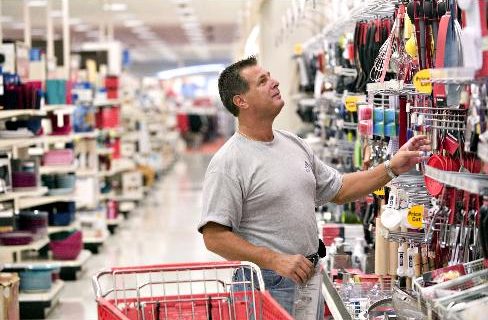- Client: European Commission - Chafea
- Implementation period: March, 2017 - November, 2018 (Completed)
- Geographic coverage: European Union
- Theme: Environment, Circular Economy
- Topic:
- Experts: Katarina Svatikova, Jurgen Vermeulen, Tycho Smit
How does consumer behaviour affect the transition to a Circular Economy?
The European Commission has been supporting the transition to a Circular Economy for some time, for example by adopting the comprehensive Circular Economy Action Plan in 2015. Many policy measures taken to date have, however, solely focused on stimulating circular solutions from a production perspective, whereas through their market power, consumers can significantly support or hamper a transition towards a circular economy. This study led by London Economics and supported by Trinomics, VVA, Ipsos, and ConPolicy, aimed to fill that gap and provide insights into consumers’ engagement in the circular economy.
The study analysed consumer attitudes towards circular economy activities, such as product repair, buying second-hand or engagement in renting/leasing activities. Next to this the actual engagement in such activities was studied, as well as the relationship between attitudes and actual behaviour. In addition to this, drivers and barriers for consumer engagement in circular activities were investigated. Information on all of these issues was obtained through literature review, a large-scale consumer survey and via a (virtual) behavioural experiments.

The key findings of this study were:
- Generally, consumers have a very positive attitude towards repairing and durability, but there is a gap between stated values and actual engagement in circular economy activities.
- A strong correlation was found between pro-environmental and pro second-hand/repair attitudes and reported engagement in circular economy activities (repair, second-hand purchases etc.)
- In choices between repair or replacement with a new product or replacement with a second-hand or new product, the following factors seem to be leading:
- The price-quality ratio of the two options – i.e. does the circular option offer a significant cost reduction? If not, new products are always preferred;
- The difference in effort required between the two options – the need to find a repair shop and go there can be an important barrier for choosing for a repair.
- The importance of durability and reparability in purchasing decisions differs strongly among product categories:
- Durability & reparability considerations are more important for large and expensive purchases (e.g. laundry machines);
- Durability & reparability considerations are much less important for clothing and other trend-sensitive products.
- Behavioural experiments show that provision of clear information of product durability & reparability can significantly increase the chance that consumers choose a more durable or reparable product
- This effect was stronger for durability than for reparability